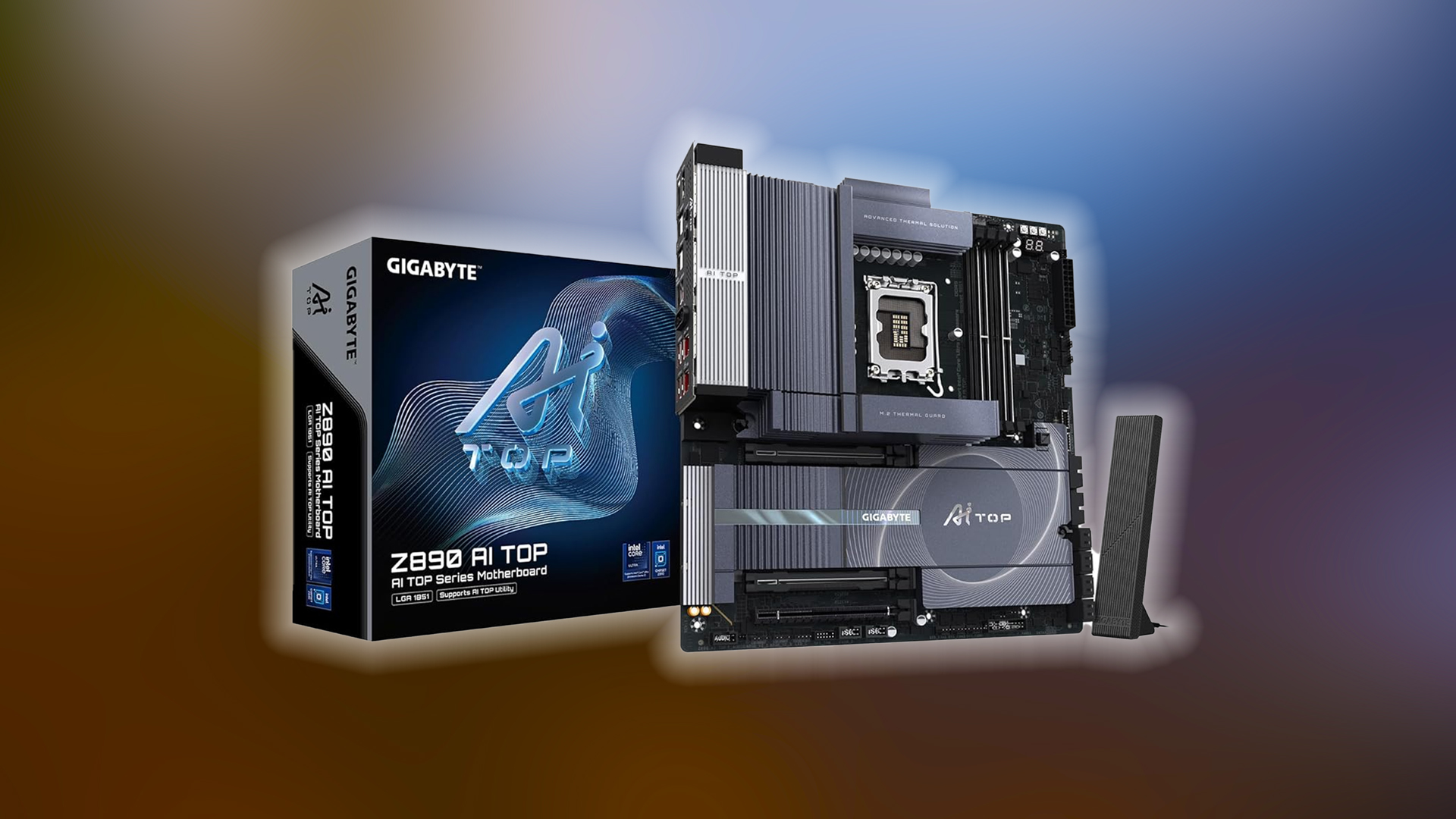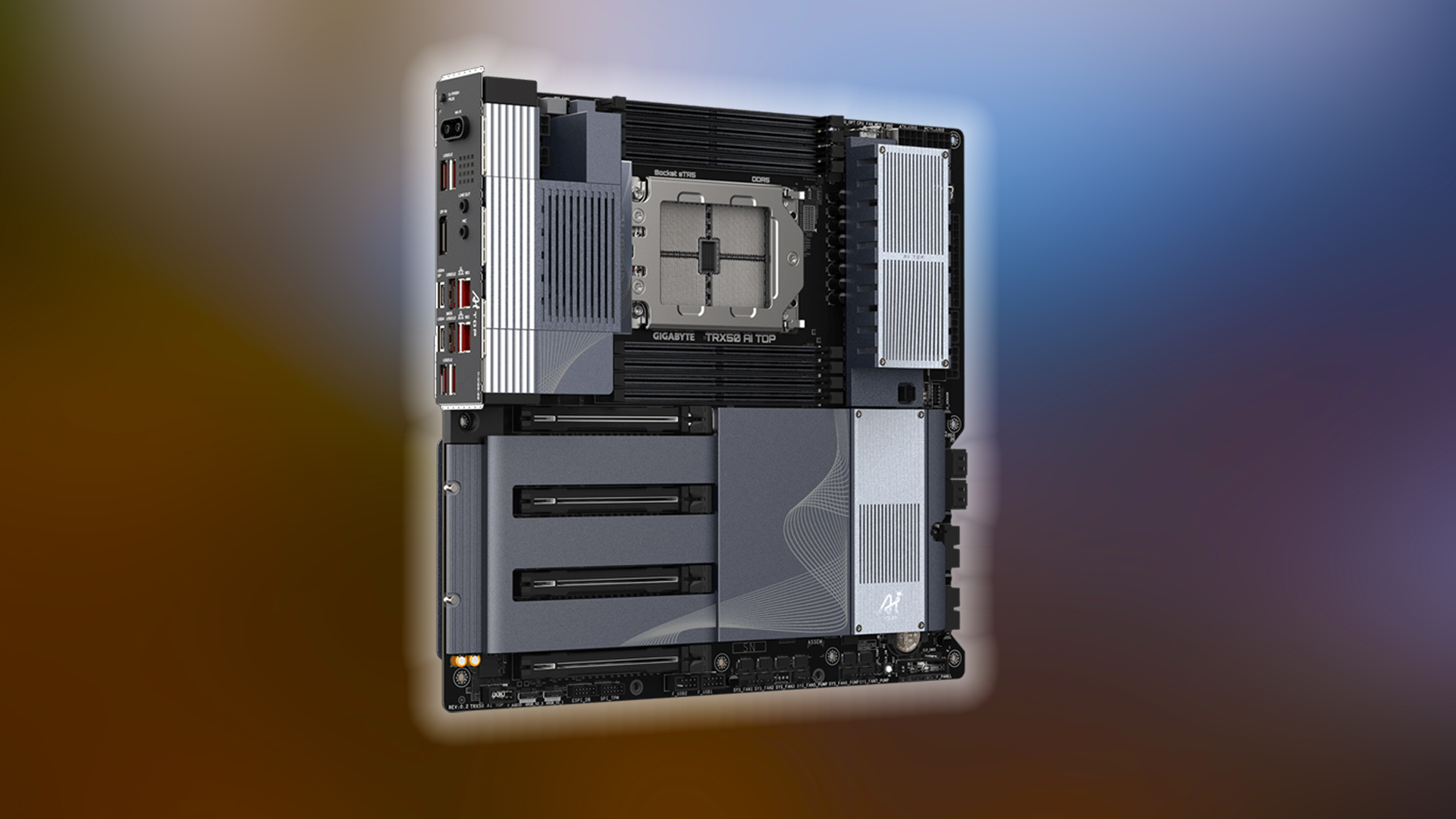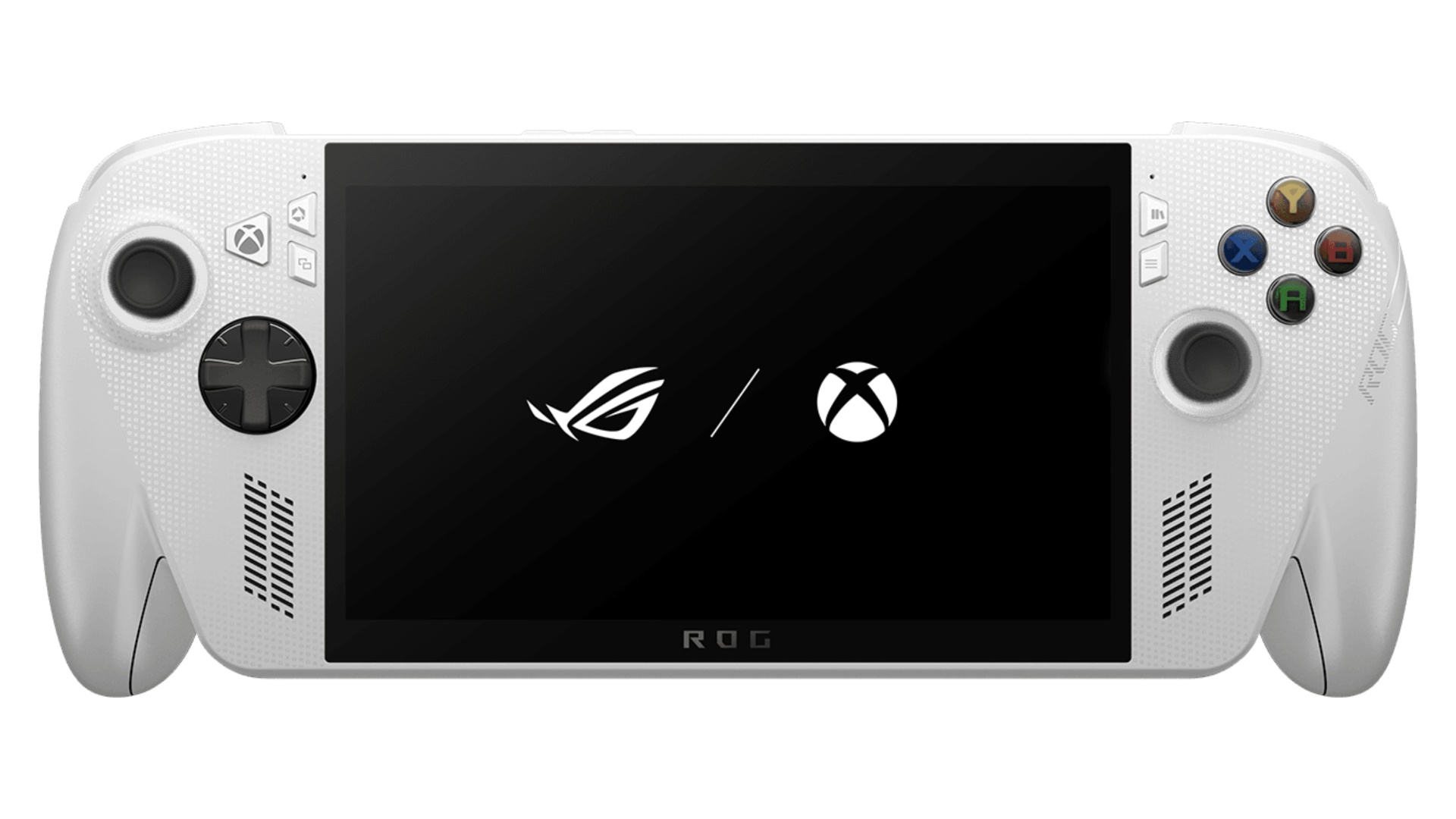Are AI motherboards really game-changers or just marketing hype? Discover the truth behind whether they’re worth the high price.

AI marketing is taking over everything. Now it’s in your fridge, AC, vehicle, camera, and also in motherboards. Improvements—or not—are debatable, but there is undoubtedly a lot being done in the camera field, which is a separate topic for another day. Today’s topic is motherboards, particularly gaming-focused ones, not the Supermicro server-grade stuff.
So, do AI motherboards help you in gaming? Let’s find out.
What AI Motherboards Offer

The first thing an AI-based motherboard offers is overclocking, which can translate to tangible benefits for gamers in the real world. However, this nomenclature has already been adopted by ASUS, dating back to its AI overclocking feature. Gigabyte now uses AI Snatch, and MSI uses AI Engine, which all do the same thing. The next thing it does is attract LLM enthusiasts.
For example, boards like Gigabyte’s TRX 50 AI TOP target software developers looking to leverage AI locally. The board offers multiple PCIe 5.0 x16 slots for a multi-GPU setup and supports an enormous amount of RAM. The last thing they do is raise the pricing level to the stratosphere. Remember Jensen’s $10,000 gaming setup? Yes, this is where it possibly originated.
Impact of AI-Motherboards on Gaming
Motherboard-based AI overclocking can significantly harm your CPUs during the process. It utilizes very aggressive load-line calibration (LLC) and pushes the voltage beyond specifications. Why? They issue a warning that overclocking can potentially damage your hardware, and with such aggressive OC settings, it will likely cause damage to your hardware, and then the blame falls on your side. On the other hand, manual tuning, although a warning will be issued, can still be beneficial for you. Here is why:
- Undervolting has the potential to reduce power draw and increase lifespan
- Motherboard’s VRM runs cool and with increased efficiency when undervolted.
- Manual memory tuning eliminates the CPU side bottleneck on CPU-bottlenecked titles.
That said, it would be incorrect to overlook the potential of AI overclocking performance enhancements. ASUS’s AI overclocking, especially AEMP 2, enables novice users to automatically dial in tighter memory timings and sub-timings based on their memory modules. While these are convenient features, overclocking should always be done manually and with caution. It is an art in the PC master race and needs to be deeply learned and understood. It’s not just something you click and it happens.
Instead, something happens when you click, and your PC doesn’t turn on. Yes, it’s scary if you don’t know what you’re doing.
Conclusion
AI motherboards are more about marketing than actual benefits for gamers. They come with very high price tags, and most of their features are more useful for developers than for typical gamers. At the same time, AI has gaming applications, primarily through NPUs that can offload matrix calculations from the GPU; however, this is a relatively niche use case. Most motherboards simply use the “AI” label to repackage old algorithms and sell you hype instead of actual performance.
We provide the latest news and “How To’s” for Tech content. Meanwhile, you can check out the following articles related to PC GPUs, CPU and GPU comparisons, mobile phones, and more:
- 5 Best Air Coolers for CPUs in 2025
- ASUS TUF Gaming F16 Release Date, Specifications, Price, and More
- iPhone 16e vs iPhone SE (3rd Gen): Which One To Buy in 2025?
- Powerbeats Pro 2 vs AirPods Pro 2: Which One To Get in 2025
- RTX 5070 Ti vs. RTX 4070 Super: Specs, Price and More Compared
- Windows 11: How To Disable Lock Screen Widgets
 Reddit
Reddit
 Email
Email


